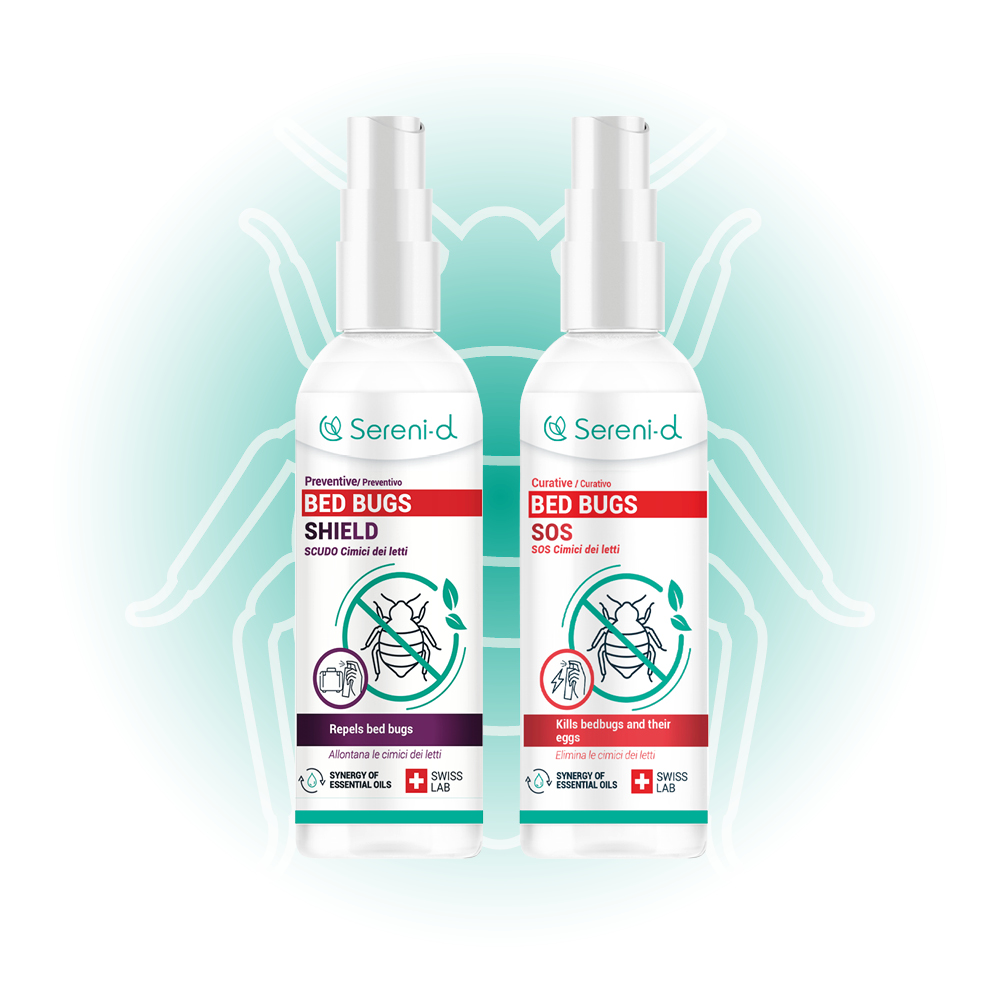Over the last ten years or so, bedbugs have reappeared all over the world and in Corsica, impacting all tourist establishments, from hotels to the refuges of the GR20 in Corsica, via the France-Corsica ferries. The refuges and ferries are unable to get rid of the bugs because too many hikers pass through each year, the bugs are too resistant to long periods without feeding, winter temperatures are not low enough, and there are too many gaps in the wood in the refuges. The GR20 adventure is an unforgettable and beautiful experience. Here are a few tips on how to avoid bedbug bites, use the right treatments and make sure your adventure isn’t spoiled during and, above all, after you’ve returned home!
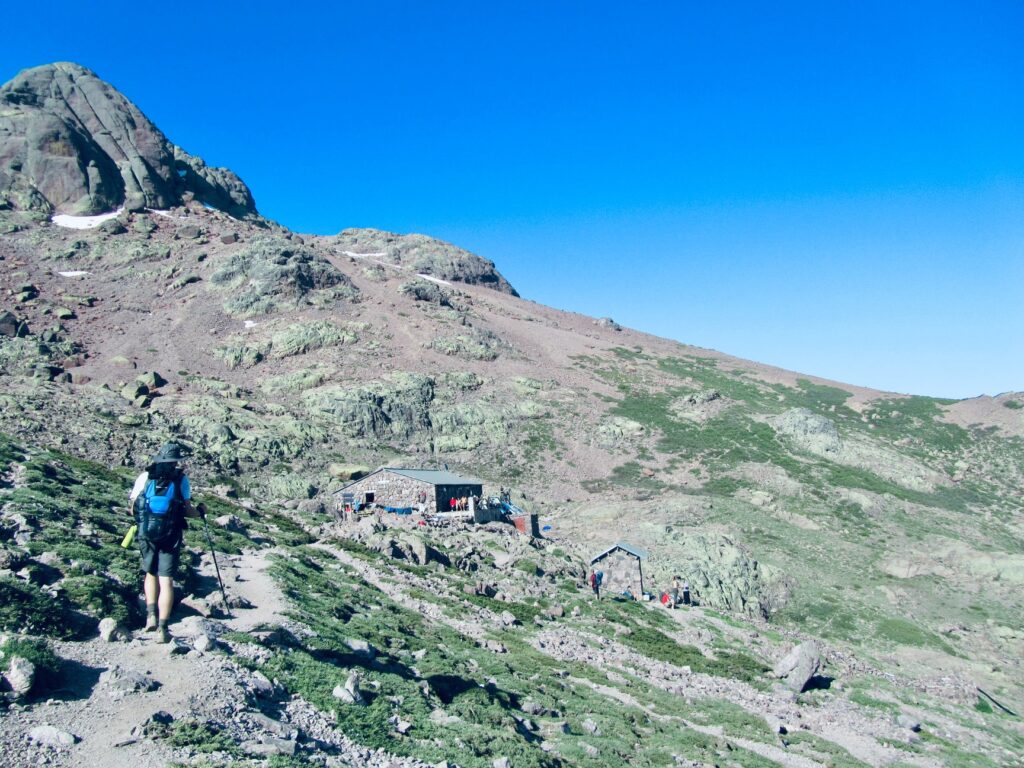
Spotting bed bugs (or bed fleas, which is a speech impediment)
Bed bugs are about the size of an apple seed when fully grown. They run but don’t jump or fly. It’s hard to see them, as they don’t like light and hide in dark corners, baseboards and crevices in the wood of shelters, under mattresses. Their eggs are white and invisible to the naked eye. They leave traces of blood when crushed by sleepers as they move, and black traces in the form of their droppings. Mattresses in shelters often show these traces, revealing the presence of bed bugs (often confused with the term “bed fleas”).
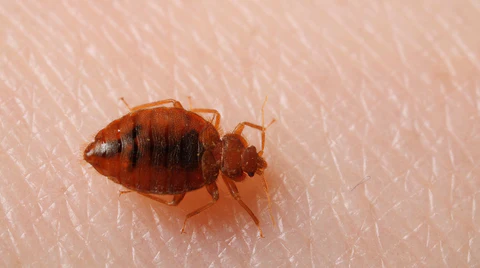
Bed bug bites
Bed bugs feed on blood. As they don’t like light, they tend to feed by biting human skin at night, which is why they tend to lodge around beds (or sofas). They will generally bite the same person several times, moving just a few centimetres. That’s why one characteristic of bedbug bites is that they appear in lines or clusters. Everyone reacts differently to bites. Some people will develop swollen, itchy pimples, which can lead to infection. Others will be bitten but have no reaction. But don’t worry, bedbugs don’t transmit disease, so there’s no comparison with tick bites.
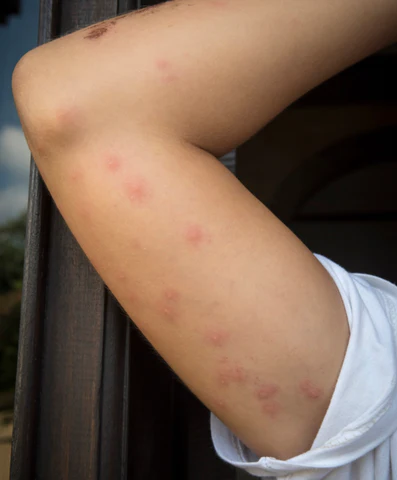
How to protect yourself from bedbug bites
Ideally, we advise you to set off with your own tent! And, of course, your own mattress and sleeping bag. This adds extra weight to the rucksack, and if you don’t have the courage to carry all that extra gear, then you can use Sereni-d’s SHIELD, a preventive repellent based on essential oils such as tea tree and clove. Spray it on your nightwear (prefer long clothes that stick to the skin) and sleeping bag to repel bedbugs. This will prevent them from biting you at night. Spray your backpack and zippers to prevent bedbugs, attracted by the smell of dirty clothes, from entering and laying eggs. We also recommend putting your backpack high up, and isolating all your personal belongings inside with airtight bags. When you wake up, shake out your night clothes and sleeping bag, and isolate them in another airtight bag.
Bed bug treatment
Bed bugs are carried from one place to another by people, in their bags. They don’t live outside. If you’ve slept in a GR20 hut, or taken a ferry, there’s a risk of bedbugs (or eggs) in your belongings. We advise you to freeze your belongings for at least 3 days, or place them in the sun for a day on a very hot day. We recommend treating all your belongings with Sereni-d’s SOS 100mL spray, which guarantees 100% destruction of bedbugs at all stages of development. We then recommend that you wash all washable items at 60°C. When unpacking your belongings, do so outside or in the bath, and especially not on your bed!
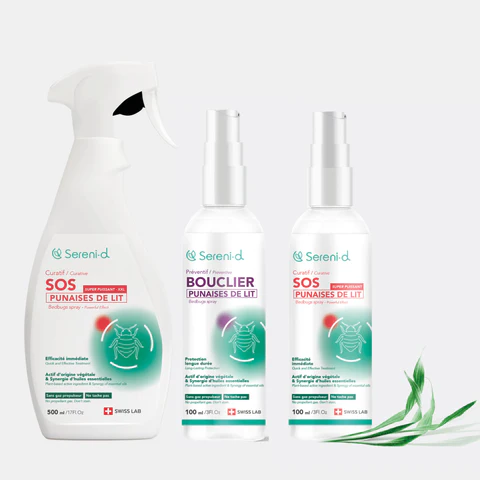
With these precautions, you’ll greatly reduce the risk of being bitten during your trek, and especially the risk of bedbugs invading your home. If you suspect the presence of bedbugs in your home, don’t use aerosol cans, which could disperse them. Instead, use SOS Grande Surface 500mL spray in combination with diatomaceous earth and a thorough cleaning.

